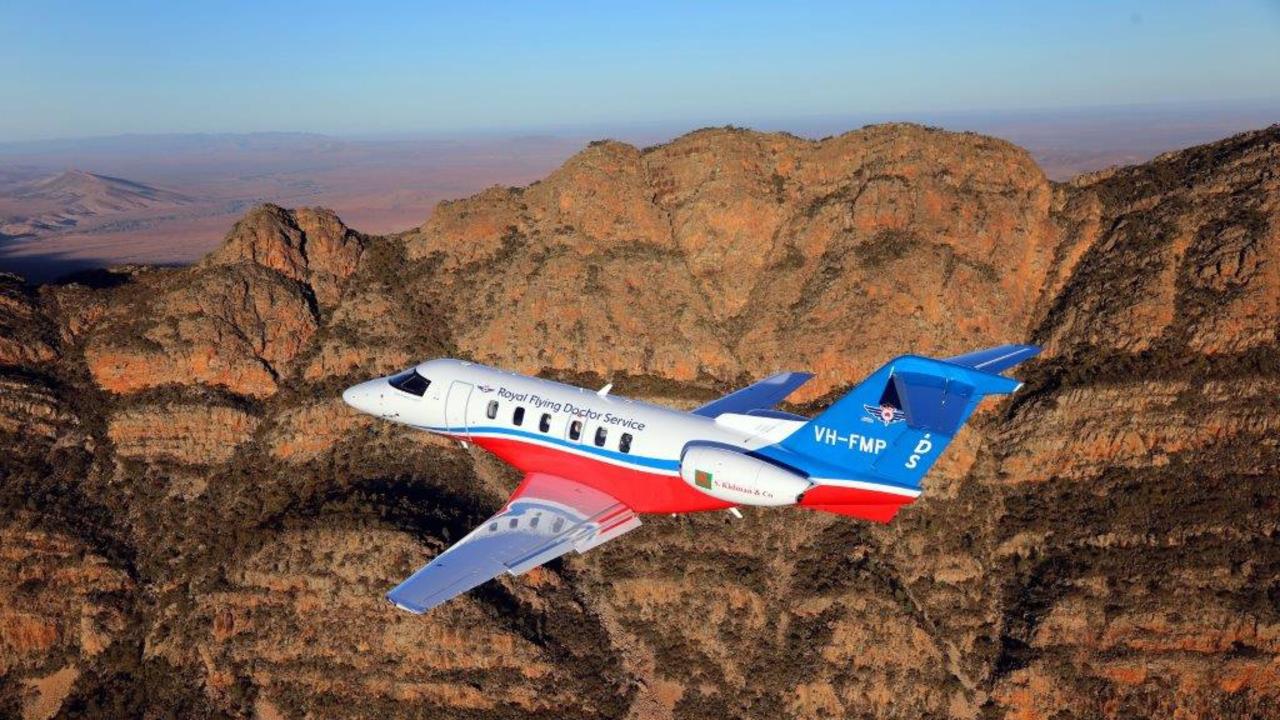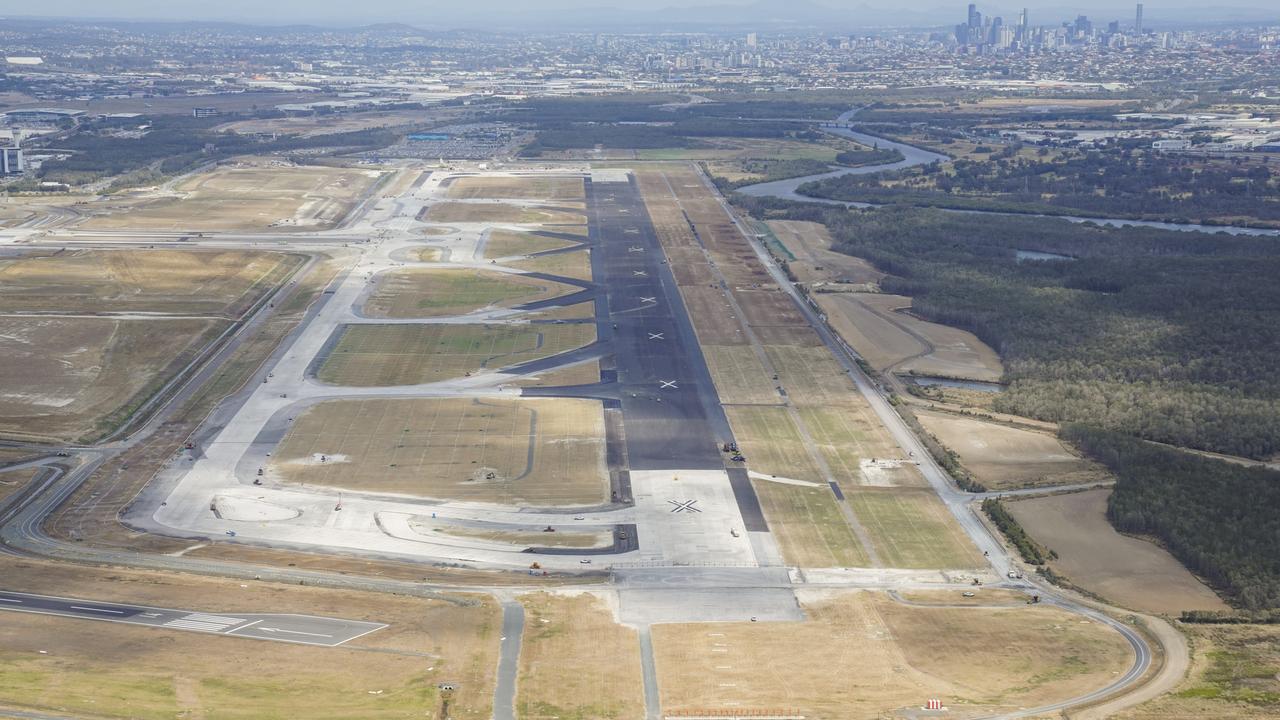Southeast Queensland’s $2B airport boom tapping into world demand for local tourism, produce
An unprecedented $2 billion is being poured into new runways and airports across southeast Queensland in a job-producing boom that aims to tap into the growing world demand for Queensland tourism and produce.
Future QLD
Don't miss out on the headlines from Future QLD. Followed categories will be added to My News.
AN unprecedented $2 billion is being poured into new runways and airports across southeast Queensland in a job-producing boom that aims to tap into the growing world demand for Queensland tourism and produce.
Brisbane Airport has spent $1.3 billion on a new, parallel runway that will make it the most reliable gateway to the east coast of Australia.
While BNE can boast the bulk of Queensland’s air traffic and projections it will enable a whopping one in every 20 jobs across the state, the Gold Coast, Sunshine Coast and Wellcamps airports are pouring in money and pitching for their own slice of the domestic and international aviation action.
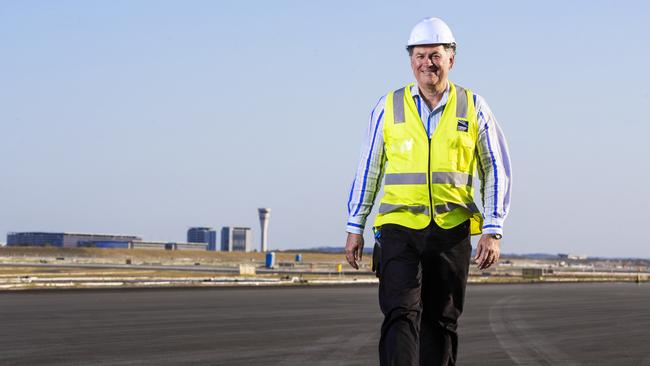
John O’Neill, chairman of Queensland Airports Limited, which owns the Gold Coast airport as well as others around the state, said the potential tourist markets in Asia meant there were plenty of potential visitors to justify investment at gateways across the southeast.
He said the Gold Coast was spending $500 million on upgrades that would double their terminal footprint, aerobridges and a 192 Rydges hotel, with the accommodation opening next year.
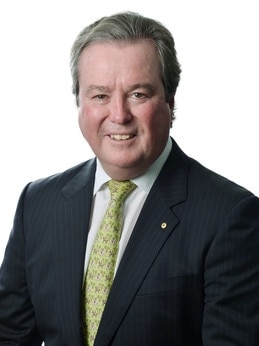
Mr O’Neill, who is also the chairman of The Star Entertainment Group which is behind the massive former Jupiters upgrade and the $3.6 billion Queen’s Wharf development in the Brisbane CBD said Brisbane and Gold Coast airports were going after different markets.
“When you think about Brisbane getting a second runway and the Gold Coast 80km away getting a new terminal and a refurbish of the old terminal, it is terrific news for southeast Queensland,” Mr O’Neill said.
“The overall tourism story, the long term growth in international tourism is unchallenged.”
He said the southeast from Noosa to Toowoomba and down into Byron Bay in New South Wales was “unbeatable” for attracting tourists from Asia and further afield.
“But you’ve got to get them in so you’ve got to have airports that are fit for purpose,” Mr O”Neill said.
“Gold Coast Airport is a very different airport to Brisbane.
“On the Gold Coast, Virgin and Qantas are big customers but the low cost carriers, the budget airlines are very much in our target zone.
“Gold Coast airport is ambitious to bring far more carriers directly in to the Gold Coast, not to challenge Brisbane, to be compatible.
“There’s a certain sort of traffic and customer that’ll come into Brisbane and then there’s this genuine have-a-beach-holiday experience tourism visitor who’ll want to fly directly into the Gold Coast more than likely on a low cost carrier.”
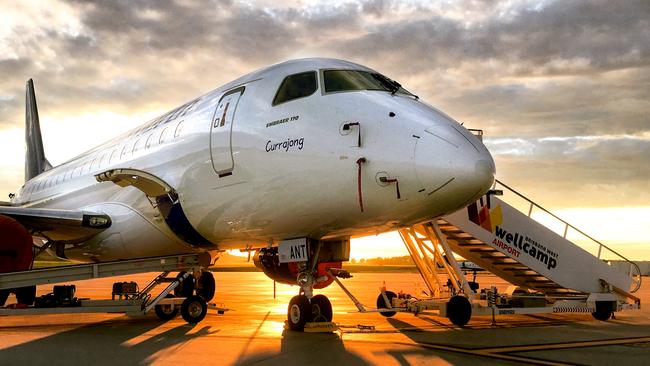
At Wellcamp, the $200M privately owned airport developed by Toowoomba’s Wagner family, general manager Robert Kasch said competition between the aviation centres could only benefit customers.
He said Wellcamp was drawing freight customers from as far away as Darwin, Sydney and internationally. Local produce from the food bowls of the Darling Downs was headed to Asia while expensive mining equipment and aeronautic engines was being shipped in and out of Wellcamp because it was one of the few airports with a freight lift big enough to lift heavy items into the bigger top deck of freight jets.
“It’s the densest airport area in the Australia,” Mr Kasch said.
“We definitely compete. For the consumer, whether that’s for freight or airline tickets that’s good news.
“There’s definitely room for passenger growth by providing better and more services to the right destinations.
“We are very happy with how the freight is growing.”

On the Sunshine Coast, mayor Mark Jamieson said the council expects to finish its $200 million airport and new runway upgrade by the end of next year ready to hand it over to commercial partners to operate it on a 99 year lease.
He said southeast Queensland would be well placed to exploit the tourism explosion it would receive if it gained the 2032 Olympics.
“Tourism Australia recently said that by 2030 about 50 per cent of our tourists will be international,” Cr Jamieson said.
“That may hit the bigger markets first, but you can imagine that it’s going to quickly manifest itself across country and southeast Queensland is going to be very, very well placed to cater for people coming largely from Asia and the subcontinent.
“When that second airport goes into Sydney, it will create so many more flying opportunities for the people who live in Sydney, the biggest city in Australia that they’ll be able to jump on a plane and fly to locations in southeast Queensland for a weekend or a business trip.”
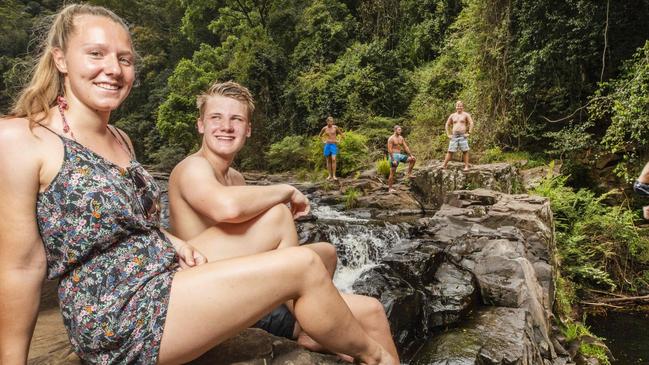
German tourist Greta Lueddeke, 20, said she and her friends had been drawn to visit Queensland because of its natural beauty, beaches and friendly people.
But they had started their trip in Sydney, a former Olympics city, because they had not heard much of Brisbane before arriving.
She said being named as an Olympics host would undoubtedly raise the city’s profile and lure more direct tourism.
Fairfax MP Ted O’Brien, who helped broker the Federal-backed loan that opened up the Sunshine Coast airport runway build, said the different business cases for each airport showed the strength of the sector in southeast Queensland and future demand.

